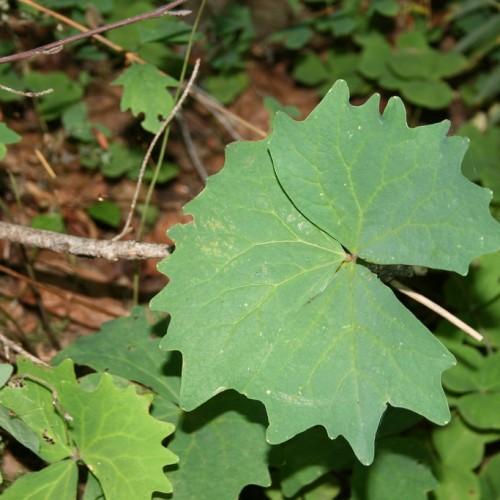
Vanilla Leaf
Achlys triphylla
Also Known As - Sweet After Death,Deer FootWatering:
Frequent
Hardiness Zone:
Flowers:
Flowers
Sun:
Sun
Soil:
Sand
Leaf:
Yes
Growth Rate:
Low
Drought Tolerant:
Yes
Care Level:
Medium
watering
The Large Headed Woolly Yarrow plant should be watered about once a week, depending on the environmental conditions and the soil type. If the soil is light and sandy, then you may want to increase the watering frequency to twice a week. However, if the soil is clay-like, you may be able to keep the same watering schedule. During the summer months when the temperatures start to rise, the plant will need more water, so increase the watering frequency accordingly. During periods of no rainfall, you should supplement with supplemental watering. Make sure that the soil is evenly moist throughout the container but allow some drying out between watering. Take extra care to not overwater, as this can lead to root rot.
sunlight
In order to ensure successful growth, Large Headed Woolly Yarrow should receive 6 to 8 hours of direct sunlight per day. If possible, try to locate the plant in a sunny area of the garden or yard where it can receive as close to that amount of sunlight as possible. This will help the plant grow healthily and ensure it has enough energy to produce vibrant blooms. Additionally, plants should be rotated if kept in an area with less than 8 hours of direct sunlight in order to ensure even access to light and growth.
pruning
Large Headed Woolly Yarrow should be pruned in late winter or early spring. Pruning should be done to remove dead stems and increase air circulation. Some mature flowering stems may also need to be cut back to promote new growth. Pruning should be done lightly, leaving the main clump of foliage and stems intact and avoiding large cuts. Removing no more than 1/3 of the plant's foliage should be sufficient.
